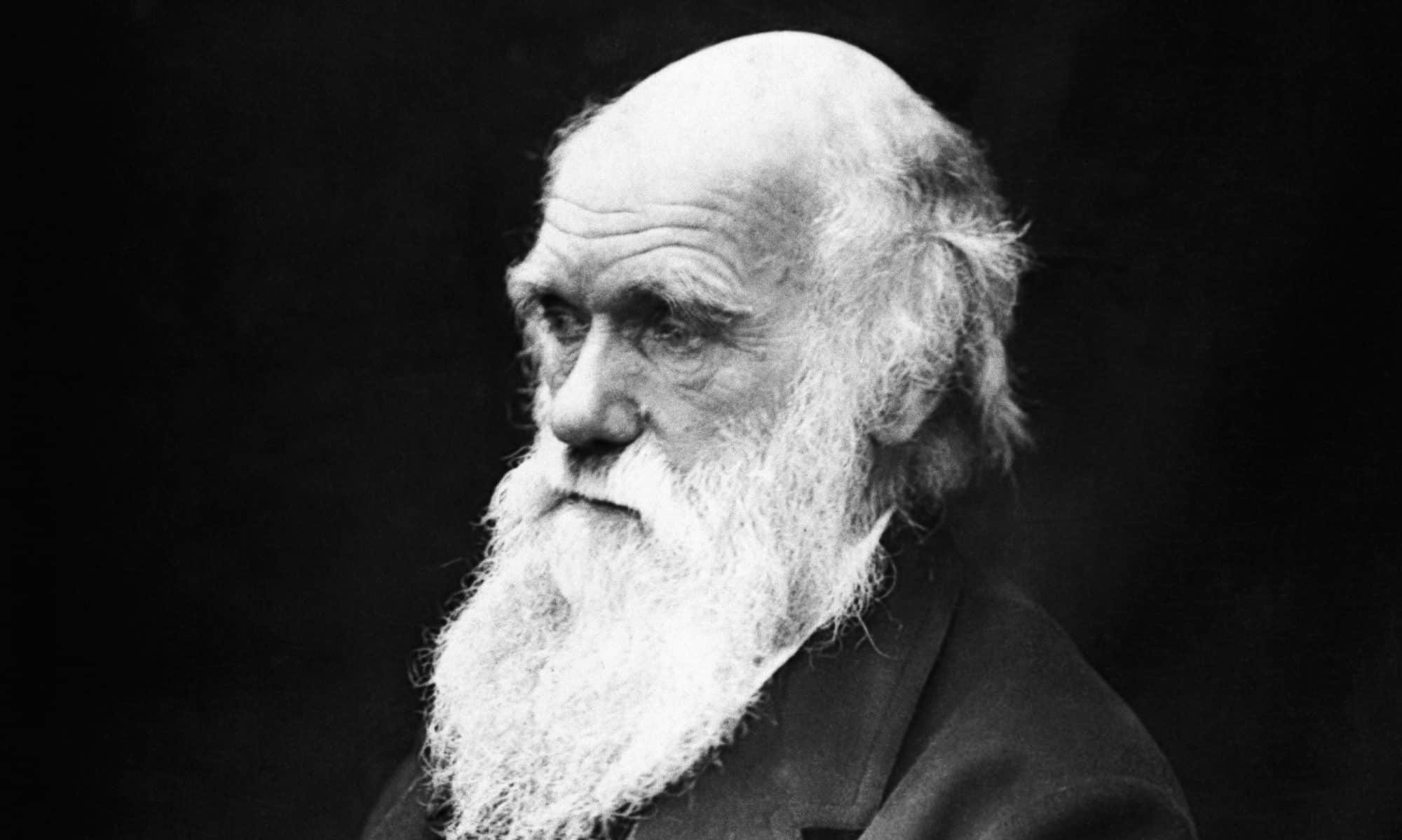A study reveals that a bacterial protein can keep human cells healthy
Researchers from the University of Sao Paulo in Brazil have discovered a novel protein produced by bacteria that is capable of keeping human cells healthy, even when they are under a heavy burden of bacteria. This discovery could lead new treatments for many diseases related to mitochondrial dysfunction such as cancers and auto-immune conditions. Mitochondria, which are organelles in cells that provide most of the energy for biochemical reactions within cells, are the source of this chemical energy.
The study was published in PNAS. Researchers analyzed 130 of the proteins that Coxiella burnetii releases when it invades host cells. They found at least one protein capable of prolonging cellular longevity by directly acting on mitochondria.
C. burnetii, after invading the host cell, releases a protein that was previously unknown, called mitochondrial coxiella-effector F (MceF) by the authors. MceF interacts glutathione-peroxidase 4(GPX4) an antioxidant enzyme found in mitochondria to improve mitochondrial functions by promoting anti-oxidizing effects that prevent cell damage and death.
来源和详细信息:
https://phys.org/news/2023-11-reveals-bacterial-protein-capable-human.html








